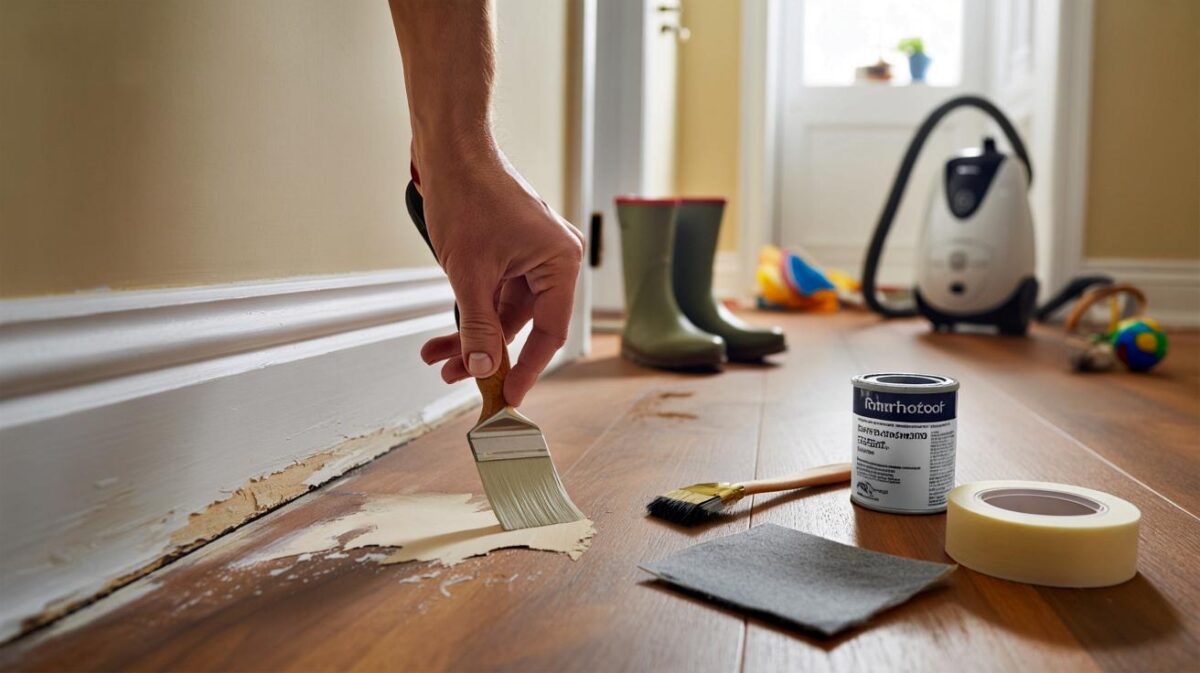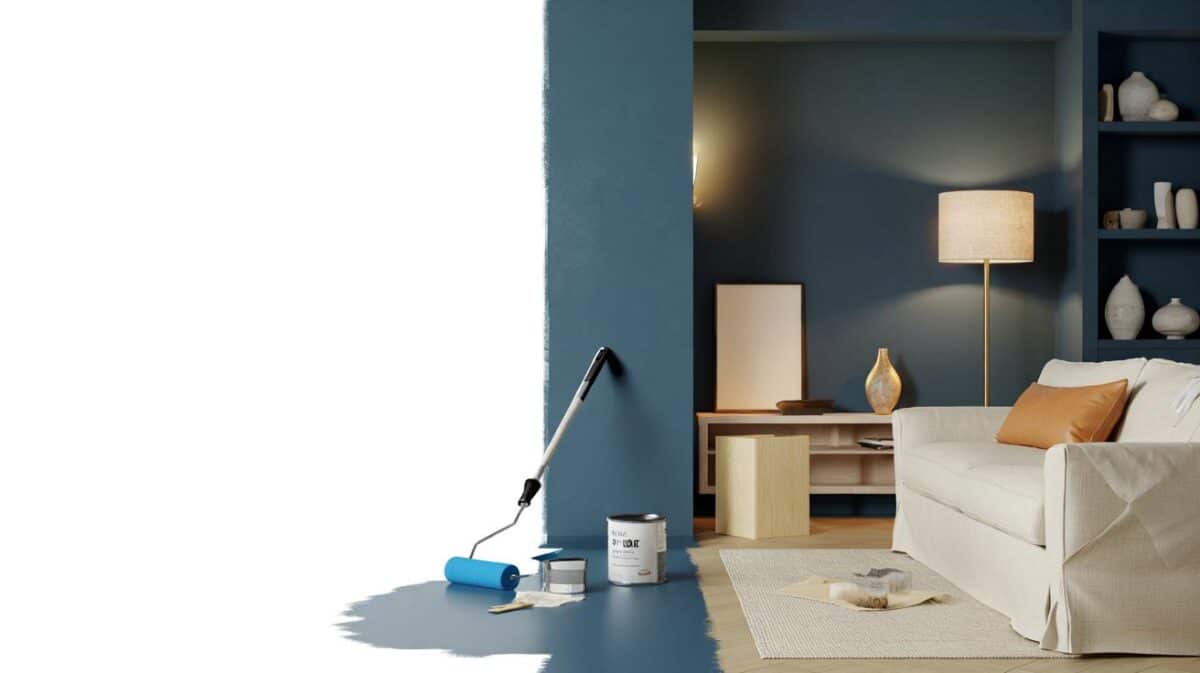Fresh data suggests a rethink.
For years, treats, saying no, and delaying tasks were framed as character flaws. A growing body of behavioural and nutritional research now presents a more nuanced picture. In measured doses, these habits can stabilise mood, protect energy, and even sharpen problem-solving. The trick lies in how you use them, not in blanket bans.
Chocolate, the quiet mood lifter
How a small square soothes the nervous system
Dark chocolate offers more than comfort. Cocoa provides magnesium, which helps calm the nervous system, and bioactive compounds that support the serotonin pathway linked to steadier mood. Flavanols also aid blood flow, including cerebral circulation, which may underpin the lift many people report after a small serving.
A practical dose matters. Ten to twenty grams of dark chocolate with at least 70% cocoa gives a notable hit of cocoa compounds with modest sugar. That is roughly two to four small squares, delivering about 60–110 kcal. Timing a square after a balanced meal reduces blood-sugar swings and makes the moment feel deliberate, not compulsive.
Aim for 10–20g of 70%+ dark chocolate after lunch or the afternoon slump to support mood without a sugar crash.
Texture and ritual add to the effect. Slow melting on the tongue activates taste and smell, two senses closely tied to emotional memory. This mindful approach can transform a nibble into a positive cue your brain associates with pause and replenishment.
What to watch
- Choose darker bars (70–85% cocoa) to limit added sugar and maximise cocoa content.
- If you’re sensitive to caffeine or theobromine, avoid late-night portions that may disrupt sleep.
- Keep chocolate far from pets; even small amounts can be dangerous for dogs.
Putting yourself first is not selfish
Boundaries lower stress and stabilise mood
The idea that caring for others means ignoring your own limits has fuelled burnout. Research on self-compassion and boundary-setting shows the opposite: people who acknowledge their needs and protect recovery time tend to report lower stress, better sleep, and stronger emotional regulation.
Self-care is not spa-only or expensive. It involves noticing your internal signals and responding before fatigue hardens into irritability or withdrawal. A 15-minute walk, a warm bath when temperatures drop, or quietly reading before bed reduces cortisol arousal and helps reset attention. Saying “no” to a non-urgent request can protect the quality of a priority task—and your patience with those you love.
Think of self-care as basic maintenance: small, regular refuelling that keeps your mind steady when demands rise.
Simple steps this week
- Write a “non-negotiable” list: one sleep window, one movement slot, one joy activity (10–30 minutes each).
- Practise one boundary script: “I can help on Thursday” or “I can’t take more on this week.”
- Schedule micro-breaks: two minutes every 60–90 minutes to stand, sip water, or look out of a window.
- Use friction to protect downtime: put your phone in another room during your recovery block.
Procrastination, used properly
When delay becomes a creative tool
Delay is not always avoidance. Cognitive science describes “incubation”, where stepping away lets the brain reorganise information unconsciously. Many people find that ideas arrive in the shower, on a stroll, or while tidying. Strategic postponement can lower anxiety, break perfectionism, and produce fresher solutions—if anchored by a plan.
Positive procrastination means deferring with intent. You pause to regroup energy or gain clarity, not to escape indefinitely. Short, bounded delays stabilise mood by reducing threat perception, which makes re-entry smoother and output bolder. The key is to choose the length and structure of the pause in advance.
Try a 2-minute start or a 20–90 minute “incubation window” away from the task, then return with one concrete next step.
Turn delay into progress
- The 2-minute start: do the smallest slice now—name the file, outline the first three bullet points, or open the data you need.
- Time boxing: book 25 minutes for a first pass, 5 minutes to walk, then a second 25-minute pass.
- Park on a downhill: stop work after writing the next sentence prompt, so re-entry feels easy.
- Swap tasks: when stuck, move to a useful, low-friction task (admin, tidy desk) that keeps momentum high.
Quick guide: the “bad” habits that may help
| Habit | Suggested dose or timing | Potential upside | Watch-outs |
|---|---|---|---|
| Dark chocolate | 10–20g, 70%+ cocoa; post-meal or mid-afternoon | Mood support, calming ritual, flavanol boost | Sugar load if milk/white; caffeine late in the day |
| Me-time | Daily micro-rituals of 10–30 minutes | Lower stress, better sleep, steadier attention | Guilt loops; schedule drift without clear boundaries |
| Positive procrastination | 2-minute starts; 20–90 minute incubation windows | Reduced anxiety, creative insight, cleaner decisions | Unbounded delay if no return point is set |
Why this shift matters as days shorten
Autumn brings shorter daylight and heavier workloads as the year closes. People report dips in energy and mood as routines compress and social calendars fill. Small, controllable levers—like a square of dark chocolate, a boundary around bedtime, or a timed pause before a knotty decision—offer quick wins that protect mental bandwidth when it’s under pressure.
Importantly, the benefit comes from proportion and intention. A measured treat anchors a positive cue. A clear “no” preserves capacity for a meaningful “yes”. A planned delay reduces dread and makes the first step smaller. These behaviours build self-trust, which itself supports resilience when stress spikes.
Helpful add-ons and cautions
Make the most of each habit
- Pair chocolate with protein or fibre (yoghurt, nuts, berries) to steady appetite and slow absorption.
- Stack me-time with daylight: a 20-minute morning walk adds natural light, which helps circadian rhythm and mood.
- Use visible timers for incubation to avoid drifting; start the clock before you step away.
Know when to adjust the plan
If delay drives distress, spirals into all-day avoidance, or threatens work or study, treat it as a signal to simplify the task, shrink the first step, or seek support. If chocolate triggers cravings or reflux, switch to cocoa-rich hot drinks with less sugar. If me-time becomes screen scrolls that leave you wired, swap to tactile activities such as journalling, stretching, or light chores.
Going further: two small experiments you can run
The 7-day mood log
For a week, track three items once daily: a 10–20g portion of dark chocolate (yes/no), a me-time block (minutes), and any planned delay (minutes). Rate mood and sleep quality each night. Look for personal patterns—timing, combinations, or quantities that correlate with steadier mood. Keep what works, drop what doesn’t.
The boundary rehearsal
Write and rehearse three boundary phrases you can deliver calmly. Use them once this week. Note the impact on your schedule, stress, and how you feel about the relationship involved. Many people find that most requests are more flexible than they feared.
The theme is proportion and purpose: small doses, clear timing, and a reason for each choice.
None of these tools replaces medical care. If mood shifts are persistent or severe, speak to a healthcare professional. For many readers, though, the blend of a mindful square of dark chocolate, a protected pocket of rest, and a smart pause before the hard thing adds up to a steadier autumn—one small decision at a time.








